Description
Methanol: A Comprehensive Overview
Introduction
Methanol, also known as wood alcohol, is a simple alcohol with the chemical formula CH₃OH. It is a colorless, volatile liquid that is used industrially as a solvent, antifreeze, fuel, and as a feedstock for the production of formaldehyde and other chemicals. Methanol is highly toxic to humans, and even small amounts can lead to severe poisoning or death.
Properties and Uses
- Physical Properties: Methanol has a low boiling point of 64.7°C (148.5°F) and a high vapor pressure, making it highly volatile. It is miscible with water, ethanol, and many organic solvents.
- Industrial Uses: Methanol is used in the manufacture of various chemicals, including formaldehyde, acetic acid, and methyl methacrylate. It is also used as a fuel in some racing cars and as an alternative fuel in certain vehicles.
Historical Context
Methanol was first isolated in the 17th century and was primarily derived from the destructive distillation of wood, which is why it is sometimes referred to as wood alcohol. Its toxic effects have been recognized for centuries, with cases of methanol poisoning reported as early as the 1800s.
Mechanism of Action
The toxicity of methanol is primarily due to its metabolism in the liver. When ingested, methanol is metabolized by the enzyme alcohol dehydrogenase to formaldehyde, which is further oxidized to formic acid. Both metabolites are highly toxic and can lead to:
- Metabolic Acidosis: Formic acid accumulation causes a decrease in blood pH, leading to metabolic acidosis.
- Neurotoxicity: Methanol and its metabolites can cause damage to the optic nerve, leading to blindness.
- CNS Depression: High levels of methanol can lead to central nervous system depression, respiratory failure, and death.
Symptoms of Exposure
Symptoms of methanol poisoning can vary depending on the amount ingested and the individual’s health status. Common symptoms include:
- Early Symptoms: Headache, dizziness, nausea, vomiting, and abdominal pain.
- Progressive Symptoms: Visual disturbances (such as blurred vision or blindness), seizures, and loss of consciousness.
- Severe Symptoms: Respiratory failure, coma, and death if not treated promptly.
Lethal Dose
The lethal dose of methanol varies by individual but is estimated to be around 30 to 240 mL (1 to 8 ounces) for adults. Even small amounts can cause significant harm, and symptoms may not appear immediately.
Time Needed to Kill
The onset of severe symptoms can occur within 24 hours after ingestion. If untreated, methanol poisoning can lead to death within this time frame, especially due to respiratory failure or severe metabolic acidosis.
Detection in Autopsy
Methanol poisoning can be difficult to diagnose post-mortem, but it can be detected through toxicological screening of blood, urine, and tissue samples. Elevated levels of methanol and its metabolites, particularly formic acid, can confirm the diagnosis.
Treatment
Treatment for methanol poisoning typically involves:
- Supportive Care: Maintaining vital signs and addressing symptoms.
- Fomepizole or Ethanol: These substances inhibit alcohol dehydrogenase, preventing the metabolism of methanol to its toxic metabolites.
- Sodium Bicarbonate: Administered to correct metabolic acidosis.
- Hemodialysis: In severe cases, this may be necessary to remove methanol and its metabolites from the bloodstream.
Conclusion
Methanol is a highly toxic substance that poses serious health risks if ingested. Awareness of its dangers, symptoms of poisoning, and prompt medical intervention are crucial for preventing fatal outcomes. Methanol should always be handled with caution, and appropriate safety measures should be taken in environments where it is used.

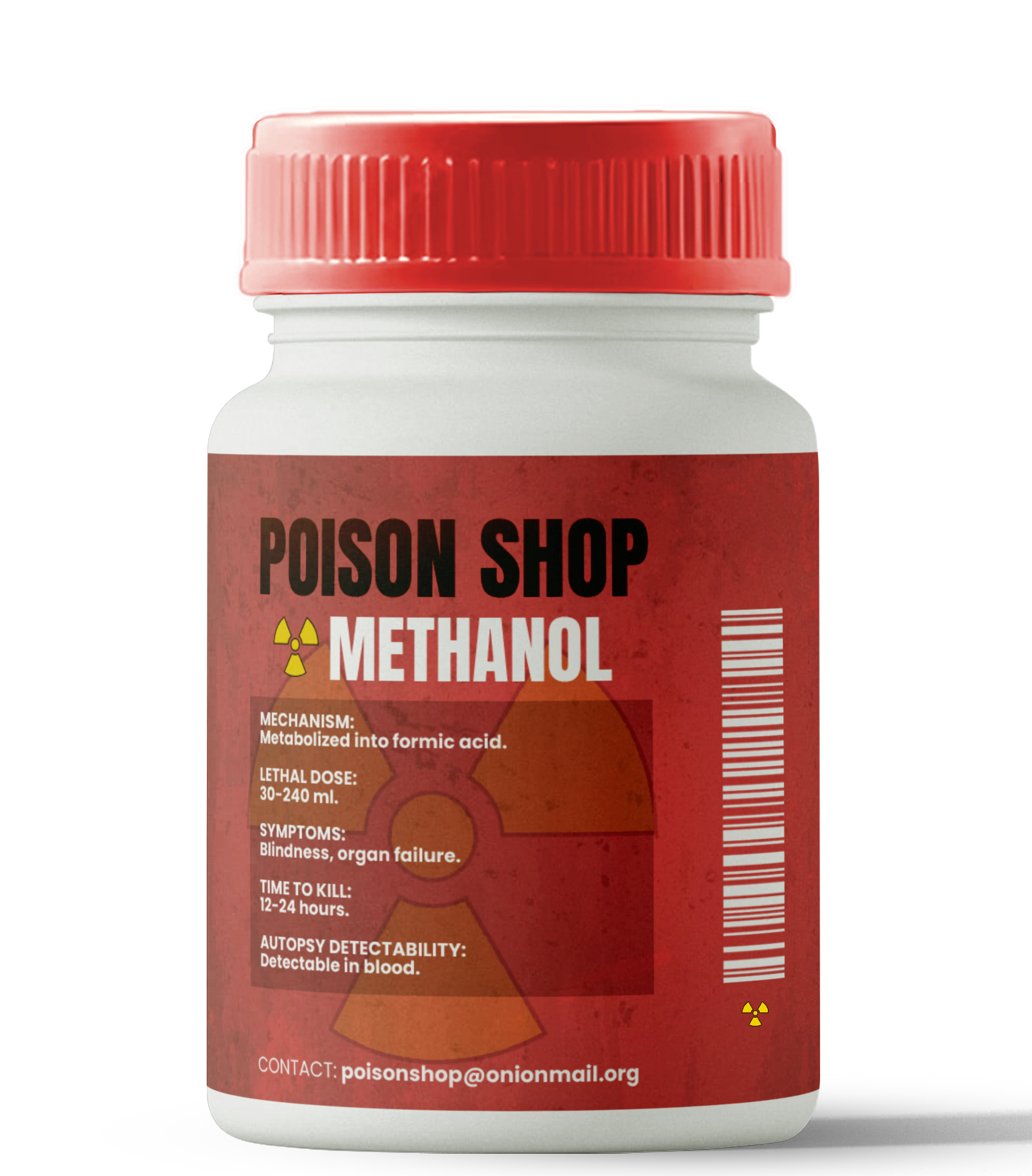
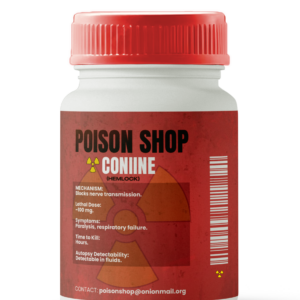
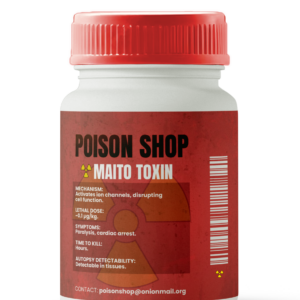
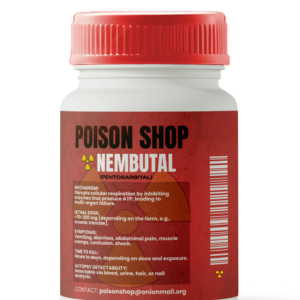
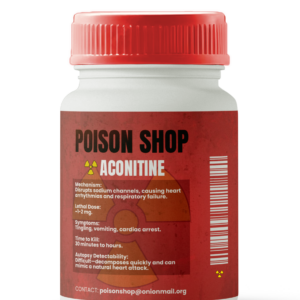
Reviews
There are no reviews yet.